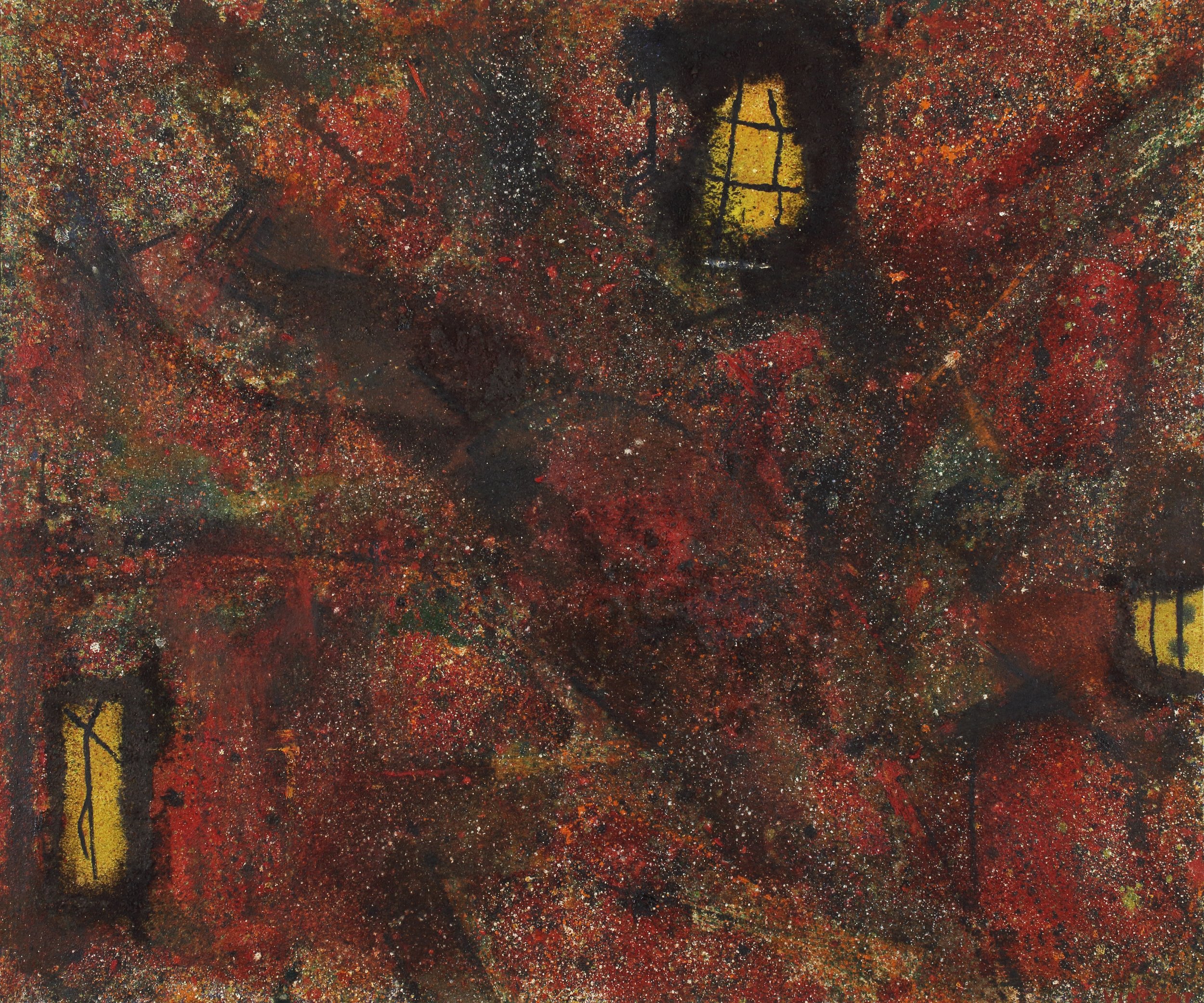The Portland Museum of Art is on a mission to re-examine its inventory through a different lens—all in the public eye.
Read MoreBraiding the Land is an installation combining photography, sculpture, and text to recreate a narrative from a land-based performance. The original performance, titled Becomes Body of Water, took place on Wabanaki Territory at the Gilsland Farm Audubon Center in June of 2022.
Read MoreThe Friends of the Collection creates an opportunity for you to directly support the addition of specific artworks to the PMA’s collection, and this year’s acquisition focus is The Sights and Sounds of Night by Vincent Smith.
Read MoreThe tools of the acclaimed sculptor Gaston Lachaise were beautifully installed at the Portland Museum of Art through a generous loan from the Lachaise Foundation as part of the multiyear Your Museum, Reimagined accessibility and collection reinstallation project, which opened to the public in 2017.
Read MoreIn the spring of 2018, art conservator Nina Roth-Wells came to the PMA to review a painting that had just come into the collection. Observing the painting under UV light revealed unusually large patches of darkness, indicating that something had been added on top of the varnish.
Read More“All museums are putting a spotlight on their collecting practices and making sure they are being equitable across the board,” DeSimone said. “This is a concentrated effort to bring works of art by women into the collection.”
Read MoreDescribing his greatest professional ambition, Gustave Le Gray wrote, “I wish that photography, instead of falling within the domain of industry, of commerce, will be included among the arts. That is its only, true place.” Read more about early photography andThe Brig by Gustave Le Gray.
Read MorePope.L is renowned for using his own body to make art that expands traditional boundaries of medium and subject matter, and brings gender, class and racial stereotypes uncomfortably close to the artist and his audiences. Pope.L’s work explores the fraught connection between prosperity and what he calls “have-not-ness.”
Read More“Everyone was masked and happy; one group, a mother and three grade-schooler girls, were positively giddy. I later crossed paths with them inside, where they excitedly chattered about a Thomas Cole painting, and then a small Fitz Hugh Lane. “Woooowww — that’s so cool!” one of the girls crowed, looking at the luminous haze Lane cast above one of his harbor scenes. Inside of me, something bloomed. God, I missed this.”
Read More“We’re going to be long gone, and [our artwork] will still be in these institutions…There will come a time when my grandchildren will visit me [at the museum], and that whole notion that we just survive, through art, is so powerful and empowering.” - Angel Abreu of K.O.S.
Read MoreEdward Hopper's Pemaquid Light is one of the PMA's most requested works to view, but given the delicate nature of works on paper, it only appears in our galleries once every half-decade or so. Since most of us are still at home, we thought we'd bring it to you with an essay from our first-ever collection catalogue.
Read MoreThe #GettyMuseumChallenge has provided some much needed levity during this time, and PMA Ambassador Michaela Flint brings her 'A' game this week with some great takes on favorites from the PMA collection.
Read MoreWe're taking our Mindfulness program out of the galleries and into your home because—let's be real—we could all use a little more intentional centering time these days.
Read More













